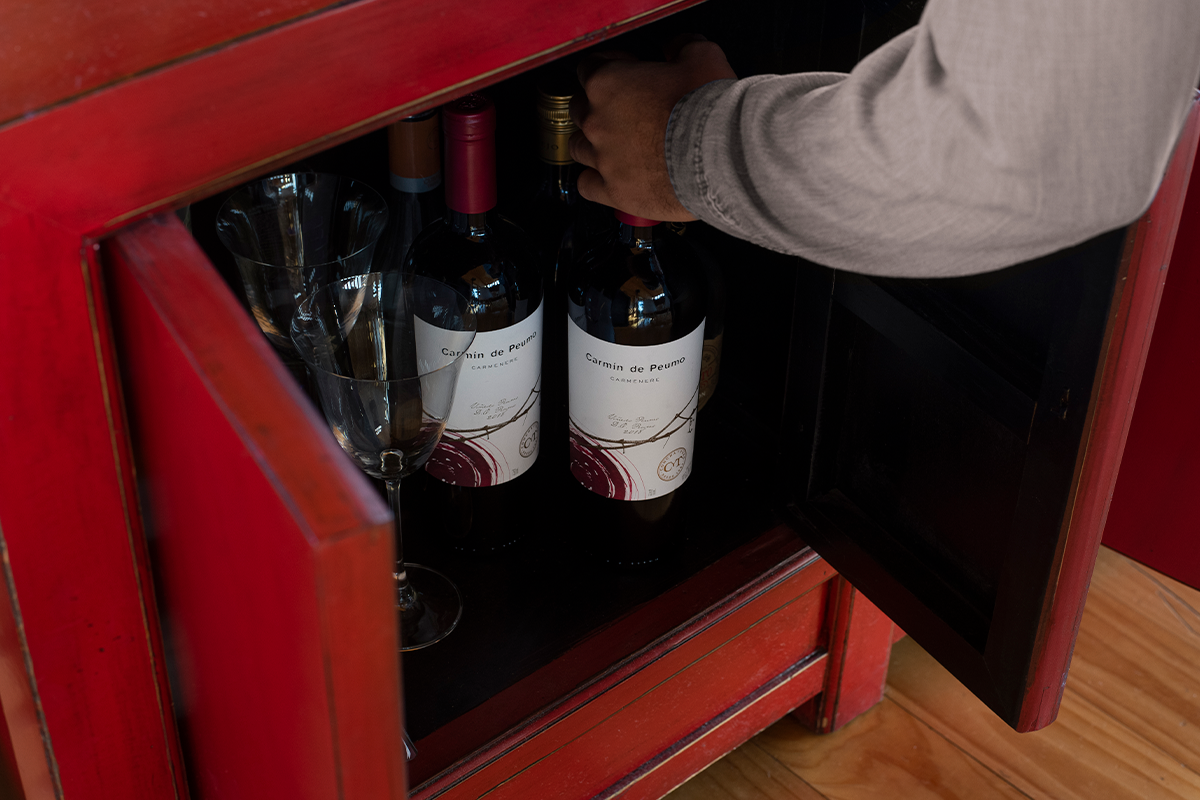-
The heavier the bottle, the better the wine
One of the most important myths to demolish to protect the environment is the thought that the heavier the bottle, the better the wine. First, because this is not true. The weight of the container does not determine the quality of the liquid inside (although unfortunately it has been used as a marketing tool that is luckily changing direction). And second, because the fact of manufacturing and transporting glass bottles is one of the largest contributions to the carbon footprint of wine. Stop being guided by this wrong statement and at the same time help to take care of Mother Earth.

-
Red wine gets better with age
Other beliefs that we even use as a compliment when saying “you are like a fine wine, you get better with age”, is not entirely correct because not all red wines (and whites, especially) improve over time. It all depends on how they were made, whether they were intended for aging. In fact, most of the wines produced are made to be drunk within the next five years, such as Casillero del Diablo Cabernet Sauvignon 2019 or Marques de Casa Concha Pinot Noir 2019. Waiting a long time is no guarantee that the wine will be spectacular. You will always have to see the aging it had in barrels before being bottled, and of course the subsequent aging conditions that we give it at home. Under good conditions, for example, Carmín de Peumo 2017 can be aged for up to 16 years and offer an incredible experience.

-
Screw cap wines are low quality
Another misconception is related to the romanticism that exists around the act of uncorking a bottle. There are still many people who believe that a wine with a screw cap is inferior to one with a cork or that this sealing system is less efficient than the cork. However, the screw cap can protect the wine much better than the cork, in addition to preventing problems such as the cork breaking or being part of the 4% of corks that comes with the fungus 2,4,6-trichloroanisole (TCA), causing what is commonly known as “corked wine”, which gives the wine a bad smell.

-
Always sniff the cork
The truth is that smelling the wine cork will tell us absolutely nothing about the wine unless the cork is affected by a fungus. Now, if you already have the cork in your hand and you are looking for information, take advantage of observing it well.

If it is stained only on the part that touches the wine, it means that the cork has fulfilled its function. But if the wine has risen through the cork to the surface, it is probably faulty, and the quality of the wine could be affected.
-
Red wine is more alcoholic than white wine
When a wine is drunk cold, the alcoholic sensation decreases significantly. However, this does not necessarily mean that the wine has a low alcohol level. This happens especially with white wines, hence the belief that red wines are more alcoholic. Marques de Casa Concha Chardonnay 2019, for example, has 14.2% alcohol content. While Gran Reserva Cabernet Sauvignon 2019 has 13.5%. As you see, this is another myth to demolish.







